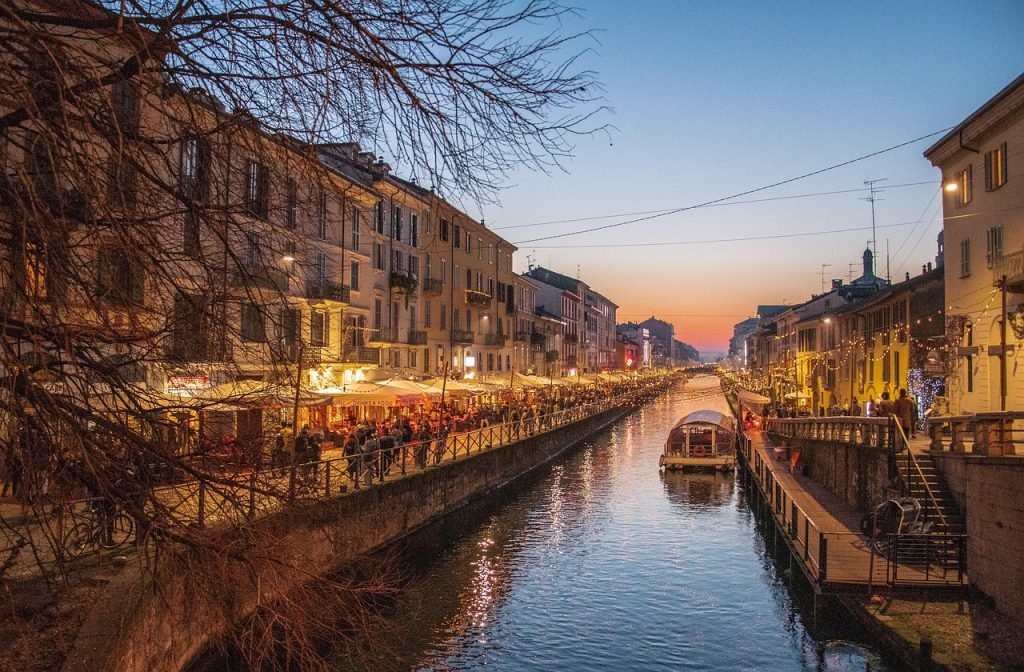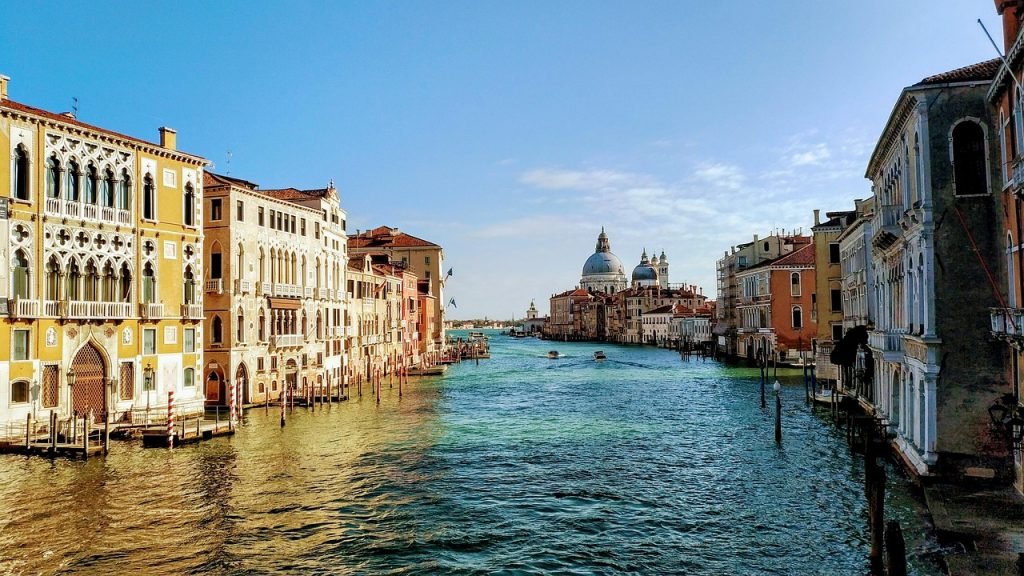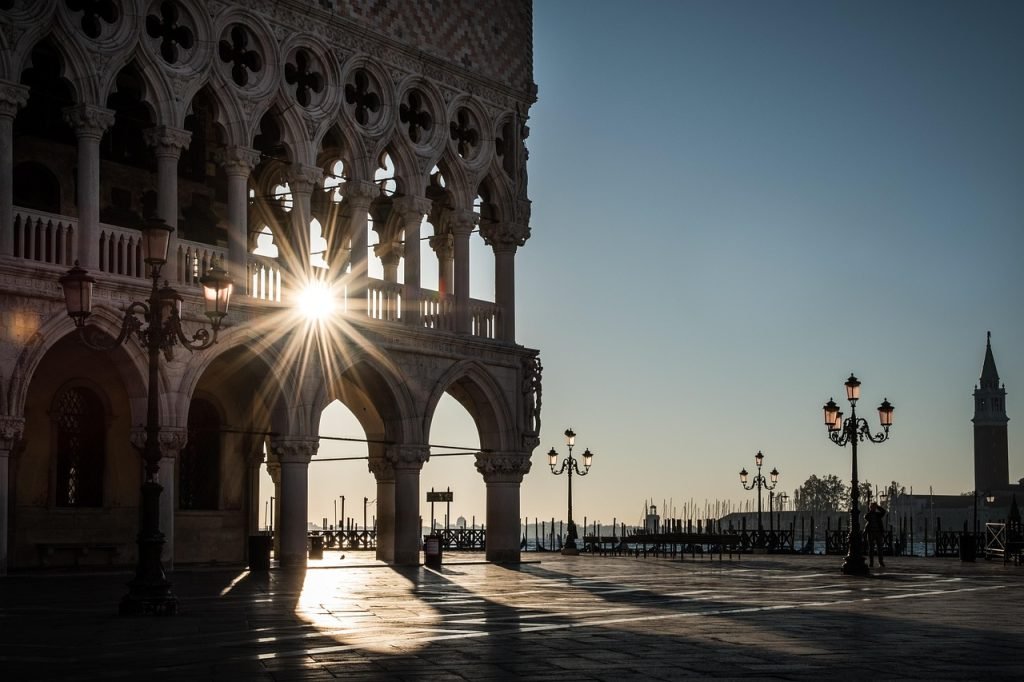⚠️ Important Disclaimer: Milan Changes Fast
Before we dive in, let me tell you something crucial that most guides won’t admit: analyzing Milan’s neighborhoods in a single post is nearly impossible. This city transforms at breakneck speed – every 2-3 years, entire districts can completely change character. Areas that were sketchy become trendy, affordable zones turn expensive overnight, and what’s considered “safe” today might need reassessment tomorrow.
I’m writing this in 2025, but by 2027-2028, some of these recommendations might be outdated. Milan is alive, constantly evolving, and that’s both its charm and its challenge. Consider this your snapshot of the current moment, not gospel truth.
Ciao! I’m going to give you the unfiltered truth about Milan’s neighborhoods – the kind of honest advice you’d get from your Italian friend over a glass of wine, not some sanitized tourist brochure.
The Crown Jewels: Milan’s Most Expensive (and Exclusive) Neighborhoods
Conciliazione, Pagano, Sempione – The Hidden Gem of the Elite
Here’s what most tourists don’t know: the real Milanese elite don’t live in Brera anymore – they live around Conciliazione, Pagano, and Sempione. This is our favorite area in the entire city, and for good reason. You get all the elegance of central Milan with actual breathing room.
Picture this: tree-lined boulevards, signorile buildings that scream old-money elegance, and Parco Sempione as your backyard. You can walk to Santa Maria delle Grazie (yes, where the Last Supper is) and discover hidden gems like Leonardo’s Vineyard that most tourists never find. But here’s the kicker – you’re also steps away from Arco della Pace, where the real Milanese movida happens after work.
The reality check: This area commands premium prices because it deserves them. You’re paying for quality of life, not just location. Perfect public transport connections, bike paths, and that rare commodity in Milan – actual tranquility at home.
For tourists: Book here if you want to live like a sophisticated Milanese, not a tourist. You’ll discover spots like Piazza Tommaseo with its incredible magnolia blooms that even locals photograph.
For relocation: If you can afford it, this is where you want to be. It’s investment-grade living.
CityLife – The International Playground
CityLife isn’t just expensive – it’s a statement. The three towers (Hadid, Isozaki, Libeskind) have redefined Milan’s skyline, and living here means you’re part of that transformation. With the upcoming City Wave project creating a central covered piazza, this area will only become more exclusive.
But let’s be honest – it feels like you’re living in a luxury airport terminal. Beautiful, efficient, international, but lacking that messy, authentic Milan soul. Perfect for international executives, less perfect for anyone wanting to experience real Milanese life.
Porta Garibaldi & Isola – The Future is Now
Porta Nuova project has created Milan’s most futuristic neighborhood. Piazza Gae Aulenti doesn’t even feel like Italy – and that’s both its appeal and its limitation. The Biblioteca degli Alberi (BAM) is gorgeous, and the Bosco Verticale is Instagram gold, but you’ll pay dearly for the privilege.
Isola, just adjacent, has transformed from working-class to hipster central. The Blue Note gives it cultural credibility, but the transformation has priced out most of the original character. Still, if you’re young and want to be where Milan’s creative energy is pulsing, this is your spot.
The Sweet Spots: Where Smart People Actually Live
Porta Venezia, Indipendenza, Palestro – Liberty Elegance with Soul
This is where Milan’s architectural heart beats strongest. The Liberty buildings here are breathtaking, and you’re walking distance from Giardini Indro Montanelli – one of Milan’s most beautiful parks. Villa Invernizzi with its pink flamingos has become a tourist attraction, but locals know the real gem is the neighborhood’s authentic residential feel.
The area around Via Serbelloni hides secrets (like that mysterious ear-shaped old intercom – locals say if you whisper a wish, it comes true). Villa Necchi Campiglio offers cultural depth, and you’re close enough to Corso Buenos Aires for shopping without being in the chaos.
The honest truth: It’s expensive but worth it. This is where you get both beauty and livability.
Buenos Aires, Piola, Città Studi – The Practical Choice
Corso Buenos Aires is Milan’s commercial soul – endless shopping, reasonable prices, and real Milan energy. The adjacent Città Studi area is perfect if you can handle student energy (and benefit from student-friendly prices).
Hidden gems include Bar Basso, where the Negroni Sbagliato was invented, and UpCycle, Italy’s first bike café. The Botanical Garden of Città Studi gives you green space without tourist crowds.
For tourists: Great value for money, authentic Milan experience, everything you need within walking distance.
For relocation: Economically smart, especially if you’re young or don’t mind a bit of chaos.
Sant’Agostino, Sant’Ambrogio – The Professional’s Paradise
Two metro stations, the Catholic University, and some of Milan’s most important cultural sites (Basilica di Sant’Ambrogio, San Maurizio – our “little Sistine Chapel”). This area perfectly balances services, culture, and residential calm.
The Leonardo da Vinci Science Museum is a major draw, but what locals love is the neighborhood’s walkability and professional atmosphere. It’s where Milan’s serious adults live.
The Up-and-Coming Stars
Porta Romana, Guastalla, Crocetta – The Olympics Goldmine
With the 2026 Olympics infrastructure coming, this area is transforming rapidly. Giardini della Guastalla might be small, but their Italian garden elegance is unmatched. QC Terme lets you spa without leaving the city center, and Bagni Misteriosi is where trendy Milan goes to swim.
The Rotonda della Besana hosts the Children’s Museum, making this perfect for families. But invest now – prices are climbing fast.
Ticinese, Porta Genova, Tortona – From Workers to Creatives
The Darsena project post-Expo 2015 transformed this former working-class area into Milan’s creative heart. Tortona is now the Design District – every April during Milan Design Week, this becomes the epicenter of global design.
The Navigli are essential Milan experience – canal-side aperitivo at sunset is mandatory. But keep your belongings close; pickpockets love the tourist crowds here, especially during peak hours and weekends.
MUDEC (Museum of Cultures) adds cultural weight, and Parco Solari gives you green space for recovery after Navigli nights.
Washington, Wagner – The Quiet Sophistication
If you want residential calm with city access, this is your answer. Piazza Piemonte with its twin eclectic towers, Corso Vercelli for shopping, and Via Washington for dining – all without the tourist circus.
The upcoming M4 metro line will make this even more connected. It’s where Milan’s families and professionals live when they’ve outgrown the center but don’t want suburban boredom.
The Emerging Neighborhoods (Handle with Care)
Lambrate, Ortica – Industrial Heritage Meets Modern Risk
Lambrate has serious historical credibility – this is where Lambretta scooters were born. The Politecnico brings student energy, and Ortica’s street art by Orticanoodles has put it on the cultural map. The famous Balera dell’Ortica keeps old Milan traditions alive.
But here’s the reality: While these areas have cultural appeal and good transport connections, recent crime statistics make them difficult to recommend for newcomers, especially women. The industrial heritage is fascinating, but safety concerns have grown in the past year.
For tourists: Visit for the street art and cultural sites, but stay elsewhere.
For relocation: Only if you’re very familiar with Milan and comfortable with changing neighborhood dynamics.
The Neighborhoods to Completely Avoid
Let me be crystal clear about this: Milan’s crime rates have increased in the past year, particularly in peripheral areas away from tourist centers.
Absolute No-Go Zones
Via Padova area (including Turro and Crescenzago): Drug-related activities and street crime have made this problematic, especially for women. The area lacks the infrastructure and safety tourists and new residents need.
Quarto Oggiaro, San Siro, Corvetto: These remain Milan’s highest crime neighborhoods. While not necessarily dangerous during day hours, they offer nothing for tourists or expats.
Lampugnano: Industrial, isolated, poorly connected. No reason to be here unless you work here.
Pero and Rho: Technically separate municipalities, often marketed as “greater Milan.” They’re disconnected from city life and lack proper infrastructure.
Safety Reality for Women
Evening and nighttime safety requires extra vigilance in peripheral areas. Even in generally safe areas like Navigli, stay alert during late hours – crowds, alcohol, and tourists create opportunities for crime.
Areas like Giambellino-Lorenteggio also warrant caution, especially after dark. Trust your instincts, and when in doubt, take an Uber.
The Honest Tourist Advice
For a weekend: Stay in Conciliazione/Sempione area if budget allows, or Porta Venezia for slightly less. You want central but not touristy.
For a longer stay: Consider Sant’Agostino/Sant’Ambrogio for culture and transport, or Buenos Aires/Città Studi for authentic energy and better prices.
Essential experiences: Navigli for aperitivo (but watch your belongings), Porta Venezia for Liberty architecture, Arco della Pace for local nightlife.
The Relocation Reality Check
For international professionals: CityLife or Porta Garibaldi if your company is paying. Conciliazione/Sempione if you want elegance. Sant’Agostino if you want balance.
For families: Porta Romana (Olympics investment potential), Washington/Wagner (quiet but connected), or Conciliazione/Sempione (if budget allows).
For students/young professionals: Buenos Aires/Città Studi for energy and economy. Avoid areas near universities in peripheral zones – the savings aren’t worth the hassle.
For creatives: Tortona/Ticinese for scene and inspiration, but be prepared for tourist chaos and higher living costs.
What Nobody Tells You About Milan Living
Transport is king. Every neighborhood recommendation above has excellent public transport. Areas without it become prisons.
Parking costs €150-300 monthly minimum in central areas. Many Milanese don’t own cars at all.
Summer heat makes concrete-heavy areas like CityLife unbearable. Tree-lined neighborhoods like Conciliazione/Sempione offer relief.
Restaurant costs vary wildly by neighborhood. Tourist areas charge €15+ for basic pasta; residential areas offer the same for €8-10.
The aperitivo culture is real – it’s often dinner disguised as drinks. Master this and save money while socializing properly.
The Bottom Line: A Moving Target
Milan isn’t just a city – it’s a lifestyle choice that keeps evolving. The expensive neighborhoods offer undeniable prestige and convenience but can feel sterile. The authentic areas provide real Milan experiences but require more street smarts.
Remember: What I’m telling you today reflects Milan in 2025. By 2027, some of these dynamics will have shifted. Neighborhoods rise and fall in popularity, safety situations change, and development projects reshape entire districts. The Olympics alone will transform several areas we can’t even predict yet.
My honest recommendation? If you’re visiting, choose based on what kind of Milan experience you want – tourist-friendly luxury or authentic local life. If you’re relocating, start with established, safe areas and explore once you understand the city’s rhythms.
The truth is, every neighborhood in Milan has moments of magic. Even in the most expensive areas, you’ll find that perfect corner café where the barista knows your order. Even in the most challenging areas, you’ll discover incredible family-run trattorias that become your second home.
Milan rewards those who dive deep, not those who stay on the surface. Choose your neighborhood based on how you want to live, not just what you can afford or what looks good on Instagram.
Final word: Don’t let anyone tell you there’s only one “right” way to experience Milan. The city is big enough for every style, every budget, every dream. The key is being honest about what you want, staying informed about changing conditions, and remaining adaptable as this beautiful, complicated, ever-evolving city transforms around you.
Welcome to Milano. Now go find your perfect corner of this magnificent, maddening metropolis.


